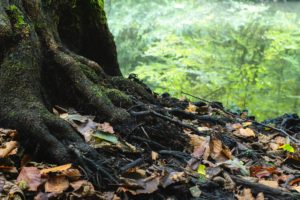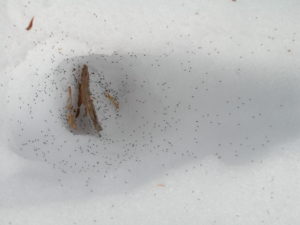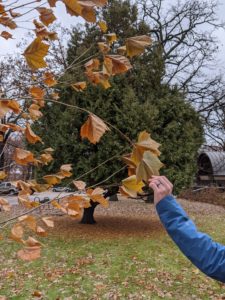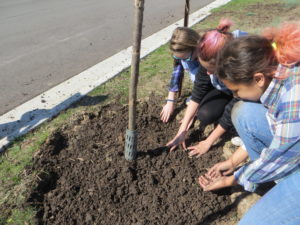By Kim Sebastian, DNR urban forestry coordinator, Milwaukee, Kim.Sebastian@wisconsin.gov, 414-294-8675
Click on “continue reading” or scroll down for the truth about these common myths:
 Myth #1: A tree’s root system is a mirror image of what is above ground.
Myth #1: A tree’s root system is a mirror image of what is above ground.
Myth #2: Tree roots are responsible for damaging and blocking sewer lines.
Myth #3: When removing a branch, cut as close (flush) to the trunk as possible.
Myth #4: The branches on a tree move up as the tree grows taller.
Myth #5: Topping is a necessary evil – otherwise the tree will get too big.
Myth #6: If a little fertilizer is good, a lot is better.
Myth #7: After a pruning cut, wound dressing (pruning paint) is necessary.
Myth #8: All newly planted trees must be staked.
Continue reading “Common tree myths – and why you shouldn’t believe”

 Looking for some hard numbers on how urban trees affect health conditions such as asthma, cardiovascular disease, obesity, and ADHD?
Looking for some hard numbers on how urban trees affect health conditions such as asthma, cardiovascular disease, obesity, and ADHD? 
 Bottom line – Don’t worry (too much)
Bottom line – Don’t worry (too much)
 Every wonder if you can successfully plant trees in the fall? Which species are suited to a fall planting and which aren’t? Check out
Every wonder if you can successfully plant trees in the fall? Which species are suited to a fall planting and which aren’t? Check out 